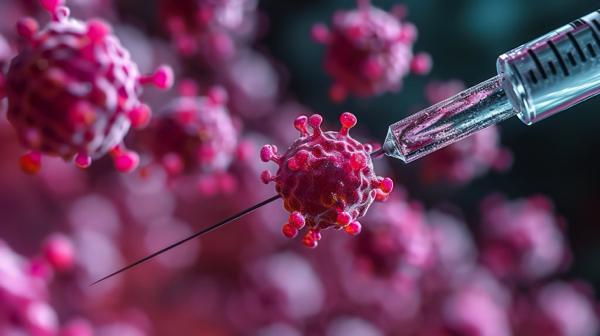The ‘Pfizer Papers’: Proof of COVID medical wrongdoing
Harris and Walz will studiously ignore this. The rest of the world should pay attention.
Read MoreConspiracy News & Views from all angles, up-to-the-minute and uncensored
Anthony Fauci is an american physician-scientist and immunologist who serves as the director of the U.S. National Institute of Allergy and Infectious Diseases and the chief medical advisor to the president – Wikipedia
Harris and Walz will studiously ignore this. The rest of the world should pay attention.
Read More |
(NaturalNews) A military whistleblower has dropped the goods on the so-called “Remdesivir Papers,” which show that hundreds of people became seriously injured or… |
You gotta admit…
Read More |
(NaturalNews) Is mRNA nanotechnology a weapon of mass destruction that causes pregnant women to incur unwanted abortions? Japanese scientists believe so. The same… |
 |
(NaturalNews) Japanese scientists are sounding. the alarm about the genocidal agenda of billionaire eugenicist and “philanthropist” Bill Gates, who is lacing… |
Author’s Note
This video was published on July 1, 2020 in the immediate wake of the March 2020 Lockdown imposed on 190+ member states of the United Nations.
It was act of economic warfare.
A war against humanity. It’s intent …
The post Video: The Covid Lockdown and the Economic Crisis: Global Poverty, Unemployment, Despair. Prof. Michel Chossudovsky appeared first on Global Research.
Read MoreThe government response to the coronavirus pandemic set back children’s health in ways officials should have anticipated.
Read MoreFor what happens when enough people who had the mRNA shots and then got boosted once or twice, foolishly trusting the Pharma / medical Establishment, awaken from their cultural slumber and realize what may have been done to them, that they have a ticking time bomb inside their bodies that they’ll never be able to get rid of completely.
Read MoreThe mRNA covid “vaccines” are unsafe. By the end of 2022, it was evident that there was a rise in excess deaths among the vaccinated. Yet it has been covered up by […]
Read MoreIn 2012, Dr. Anthony Fauci argued for the benefits of gain-of-function research, despite potential risks to public health. Scientists at the University of Wisconsin and Erasmus University Medical Centre engineered H1N5 avian […]
Read More